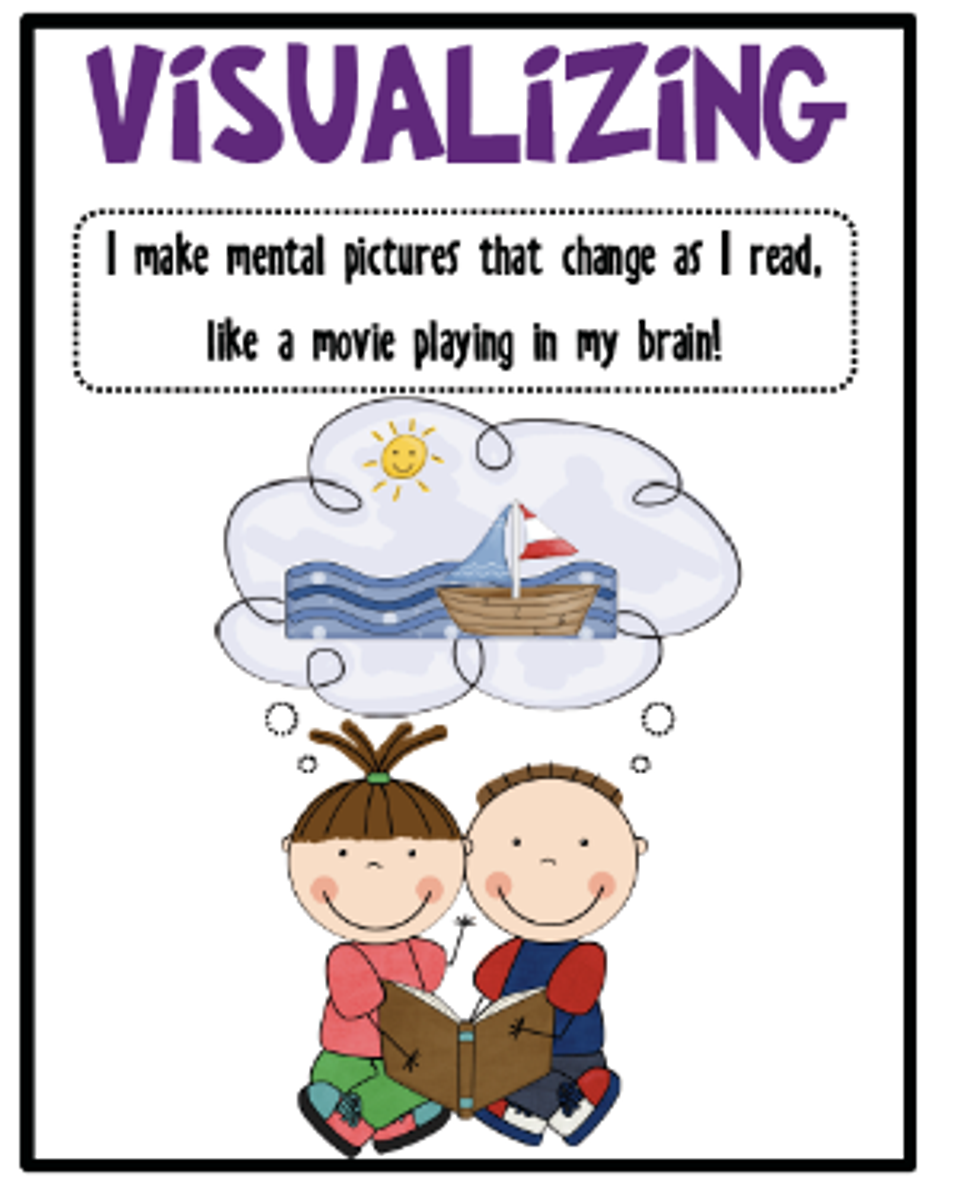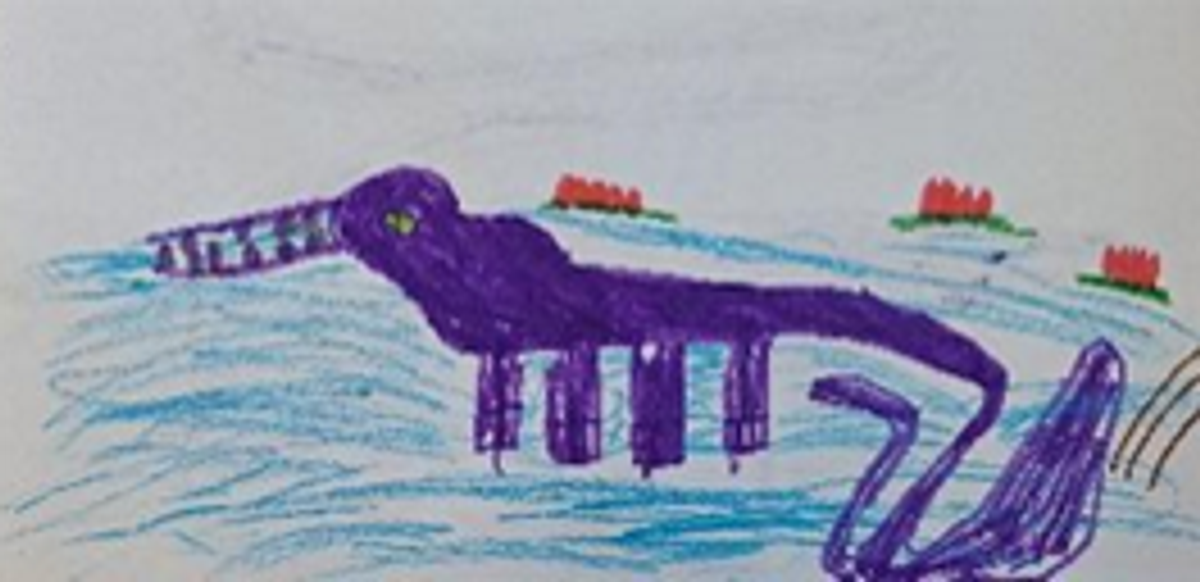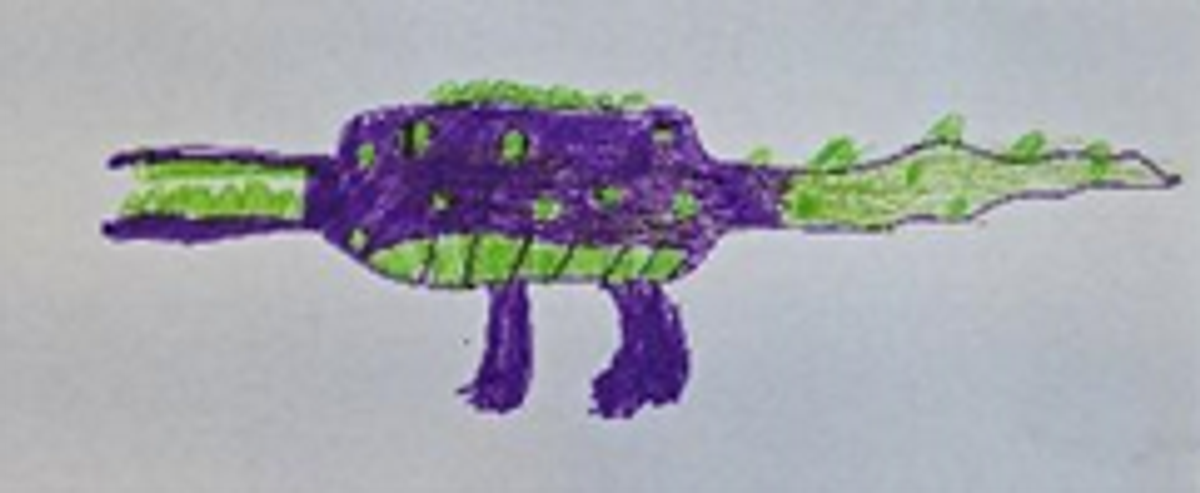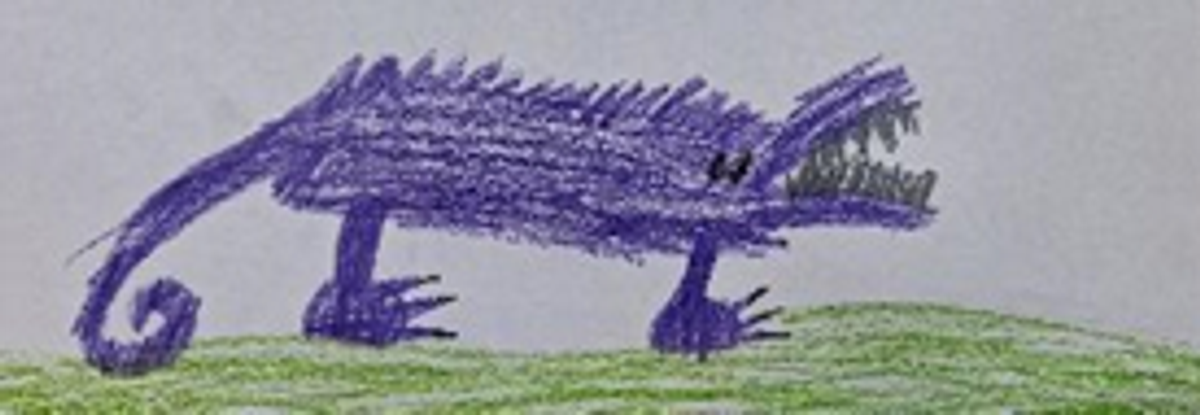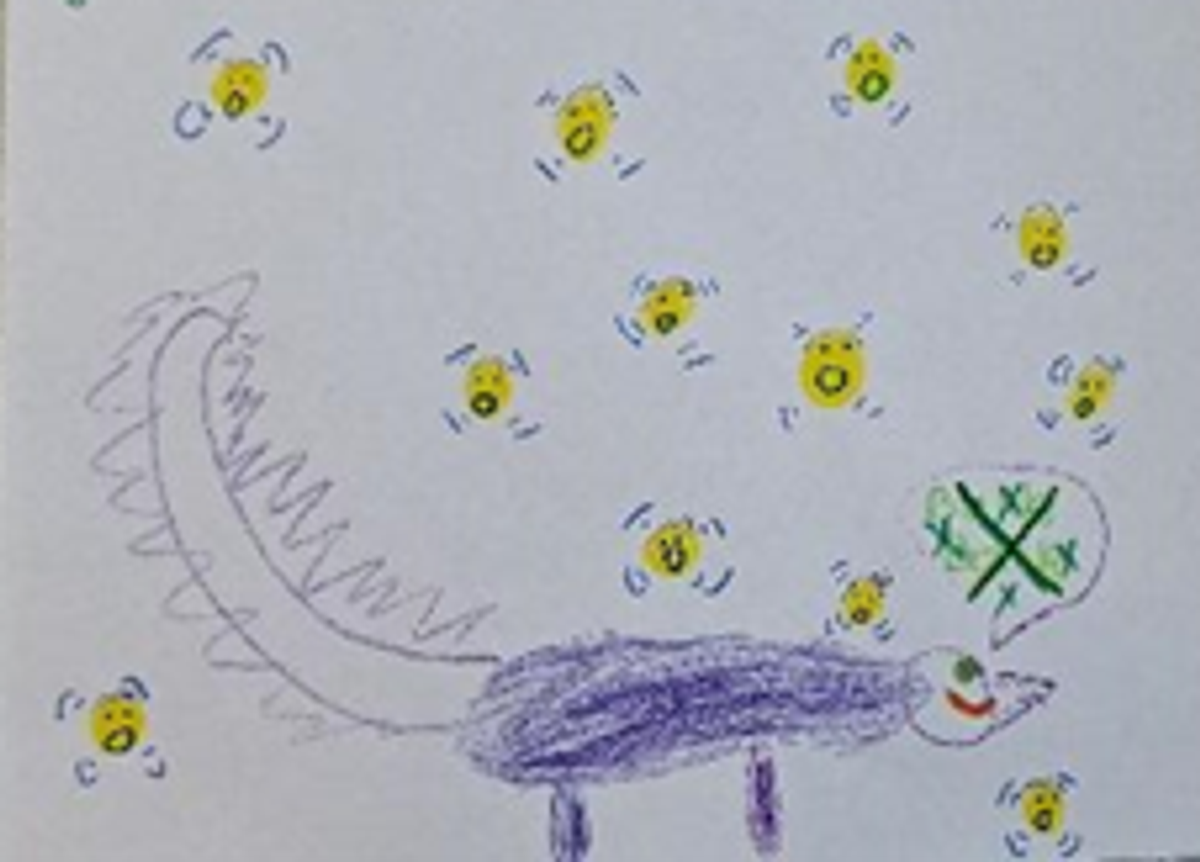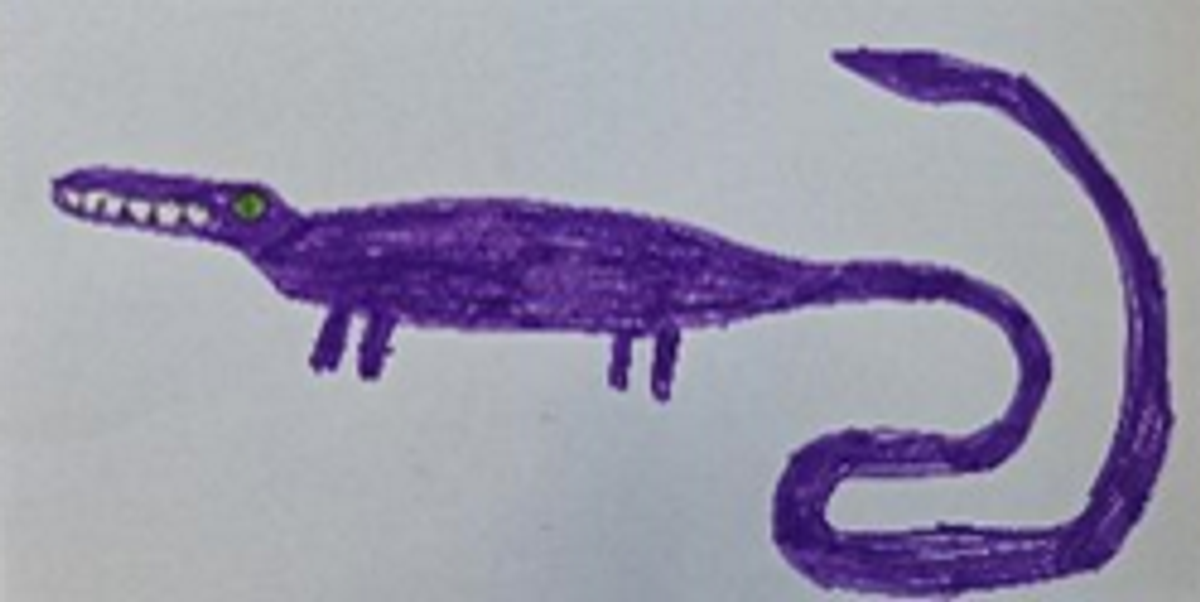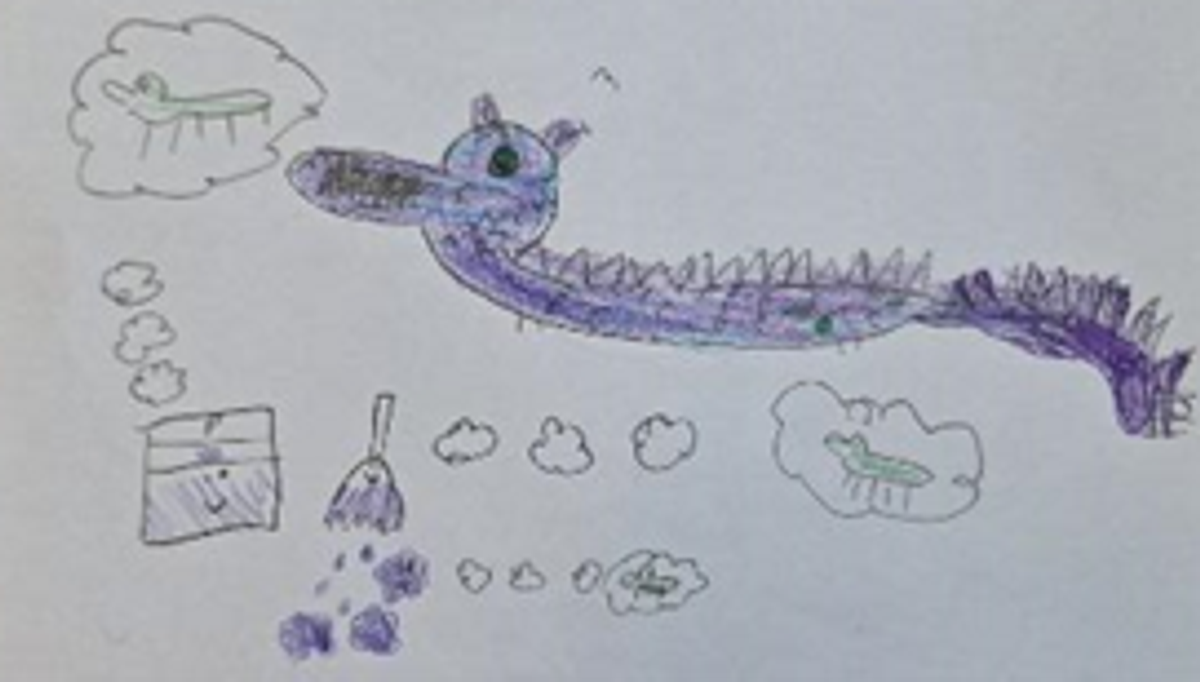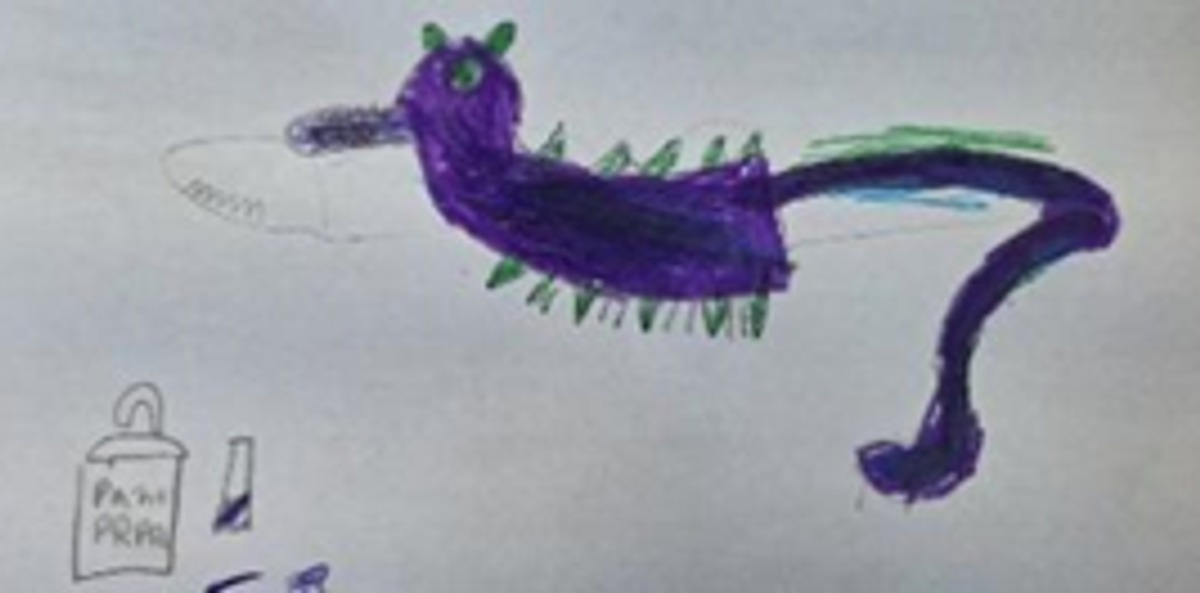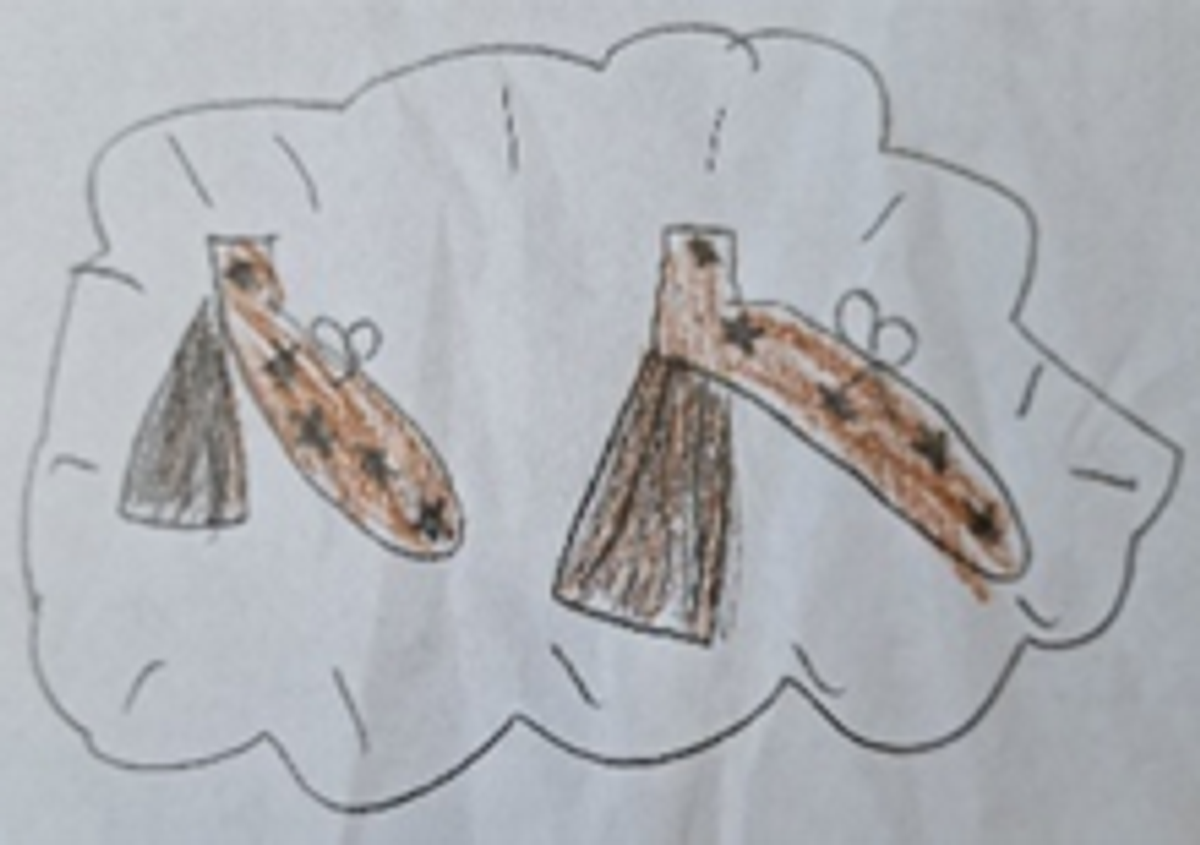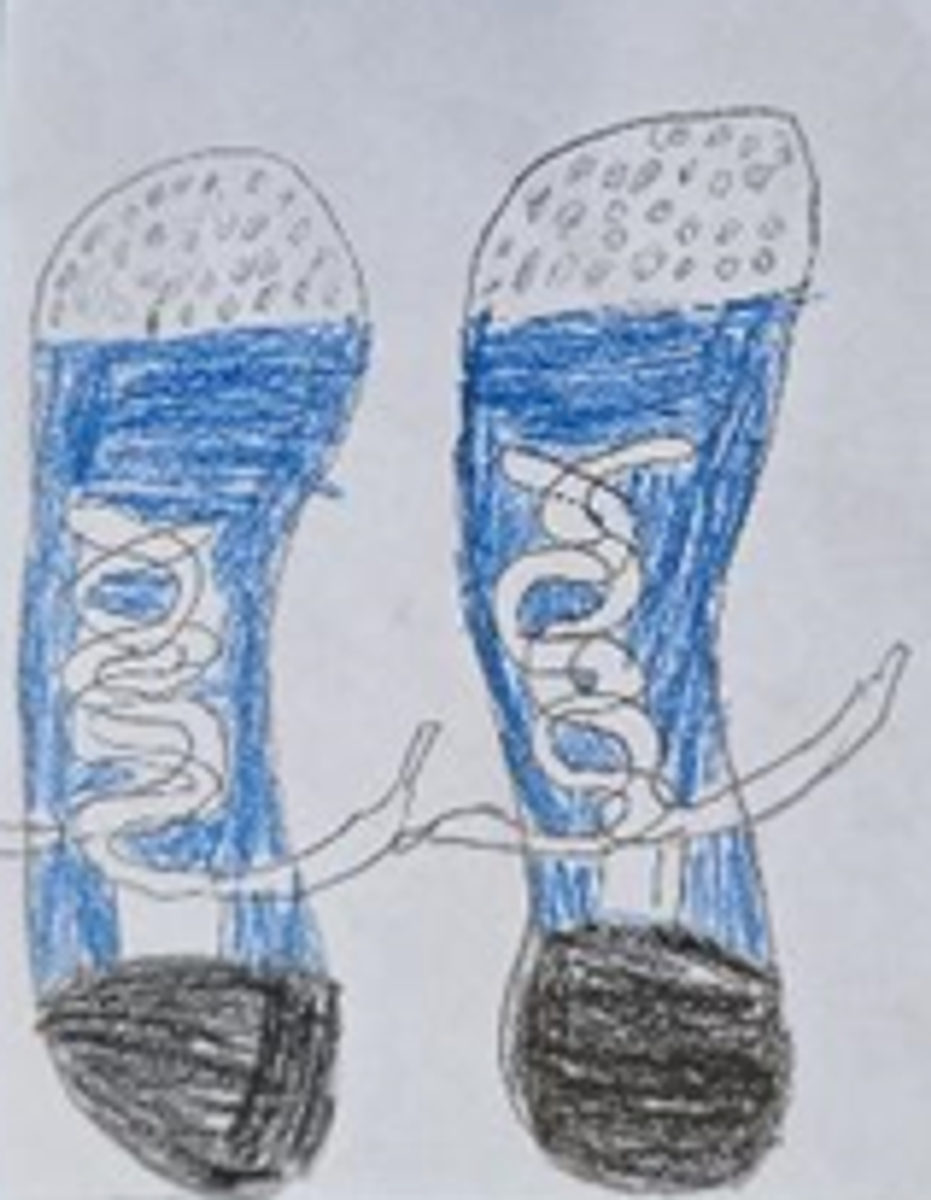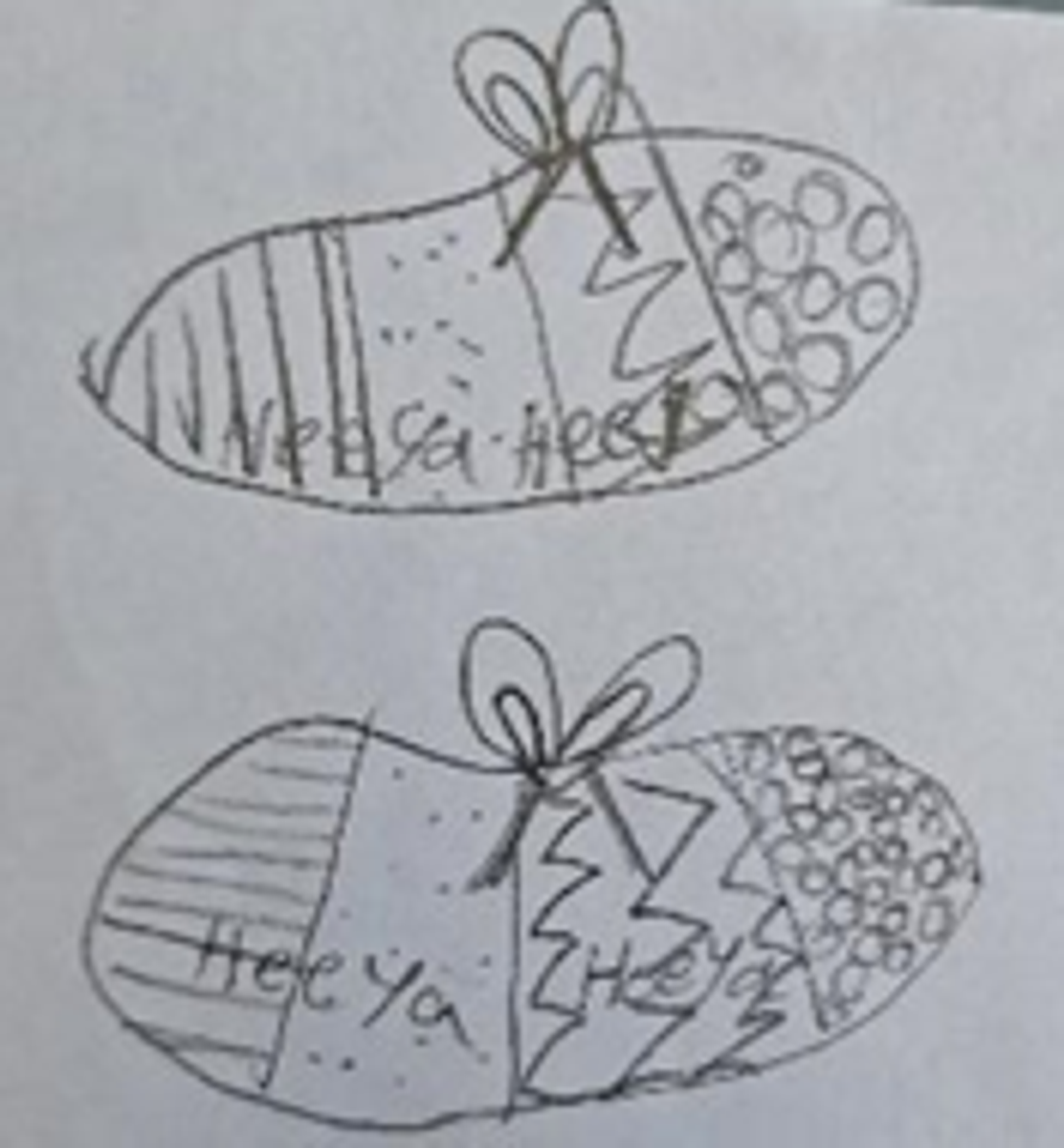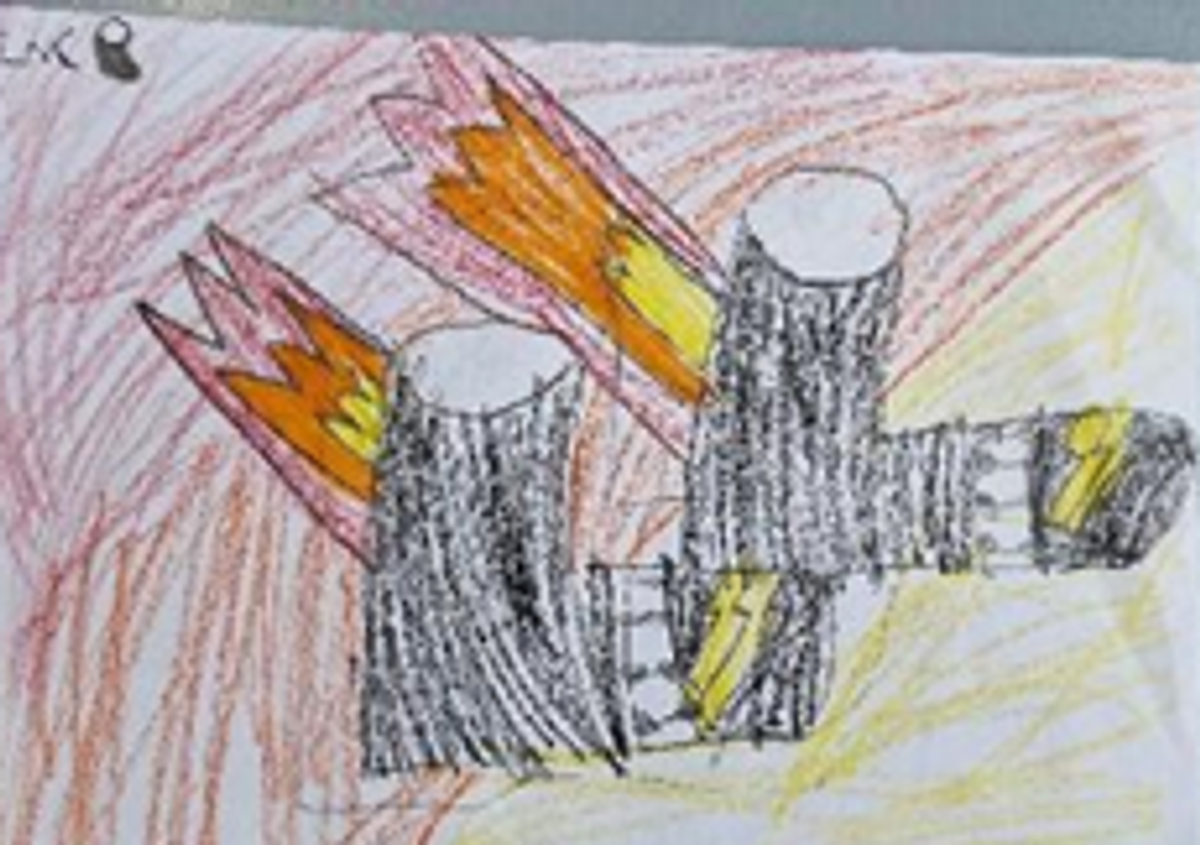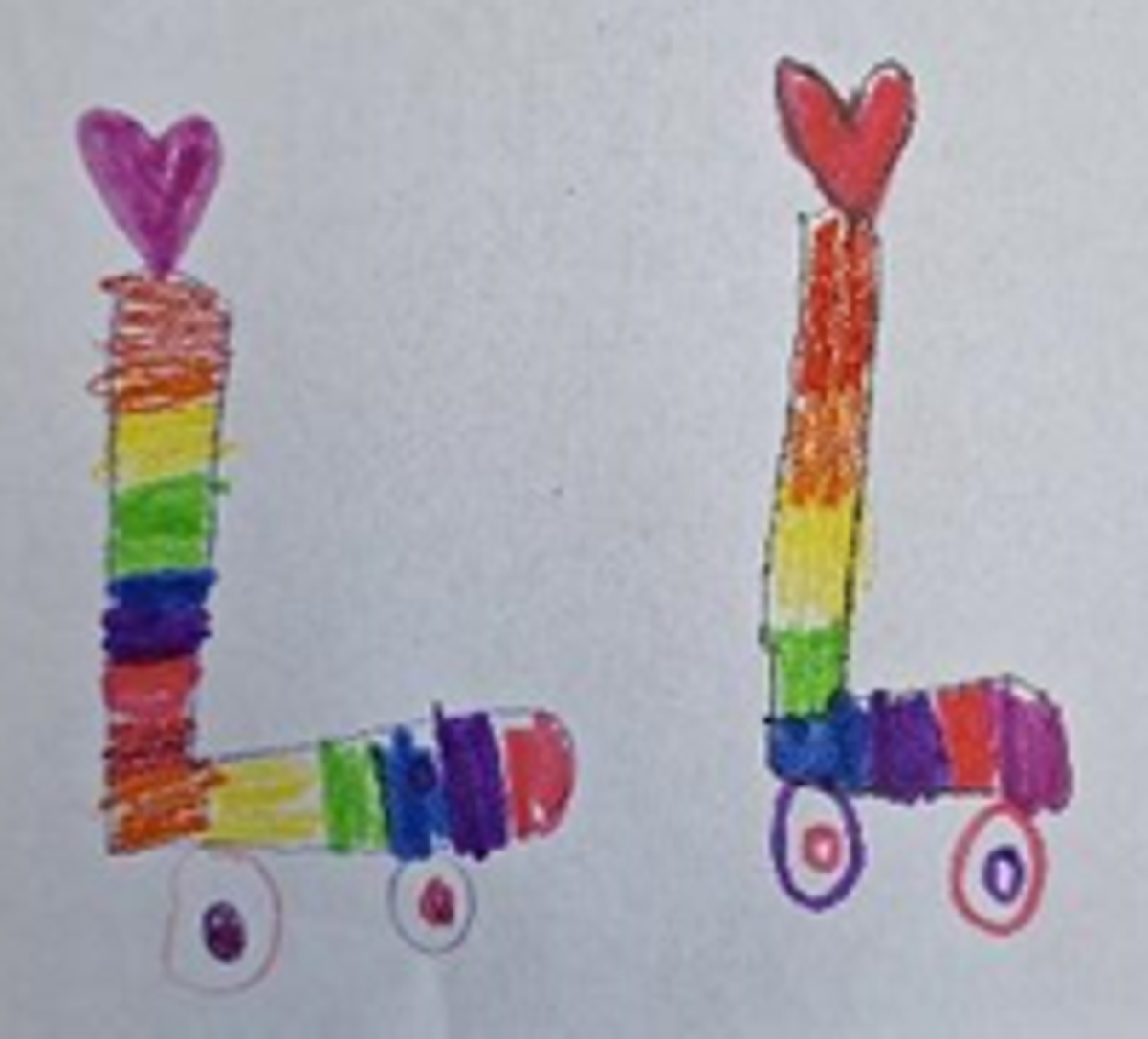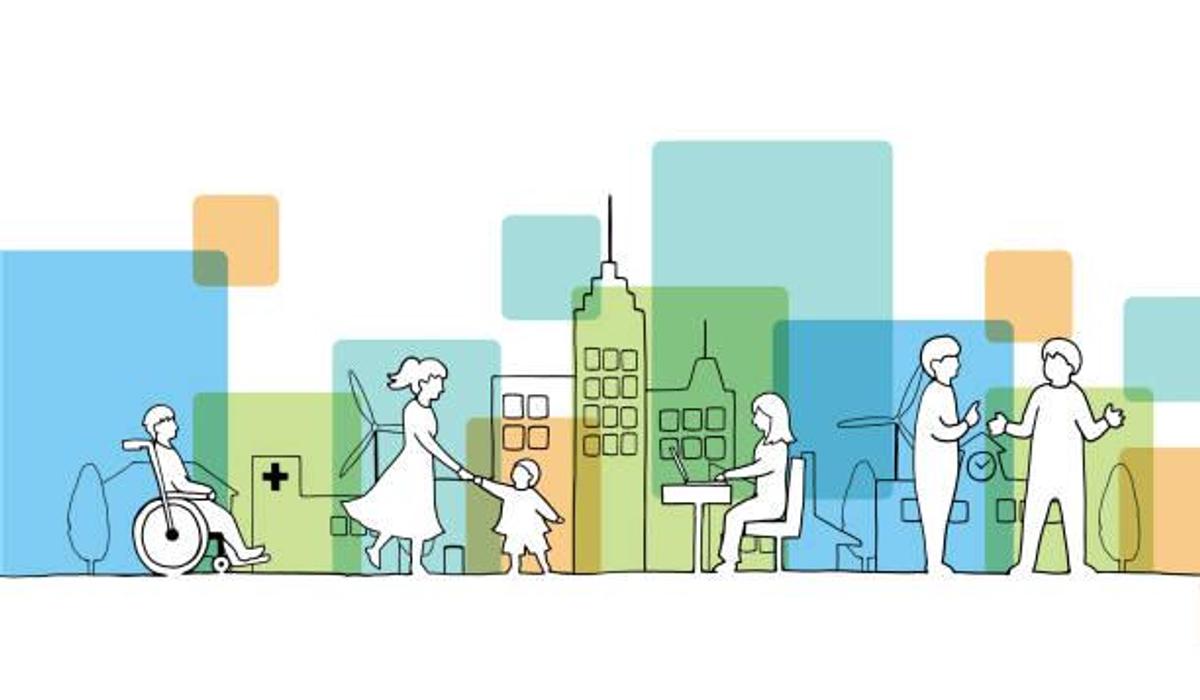Year 1 Bulletin

Reading
Comprehension strategy: VISUALISING
Visualising is when the reader uses their prior knowledge and experiences to create a mental picture of what is happening in the text. This may involve the reader using their five senses (see, hear, taste, touch, smell) to make the story come alive. If the reader has had a similar experience to the one in the text, visualising can support them with making connections to the story. This can then strengthen their comprehension of the text.
Readers create their own unique mental pictures. There are no wrong or right images but, readers must use the clues in the text to create their pictures. The mental images that we create in our mind is influenced by our experience and prior knowledge.
Think about a time you read a book and then watched the movie version afterwards. Your perception of characters; how they look and act and the events that take place, might be an altered version of what you imagined, due to the images you had already painted in your head as a reader.
Learning intention: To identify key words that help me paint a picture in my mind.
Task: Poem - My Neighbour’s Dog is Purple by Jack Prelutsky
My neighbour’s dog is purple.
Its eyes are large and green.
Its tail is almost endless.
The longest I have seen.
My neighbour’s dog is quiet.
It does not bark one bit.
But when my neighbour’s dog is near,
I feel afraid of it!
My neighbour’s dog is nasty.
It has a wicked smile.
Before my neighbour painted it,
It was a crocodile!
As the poem was read aloud, the students were asked to close their eyes and imagine what was being read. We discussed the images that were formed and the reasons for this. The question was asked: “What words helped you paint a picture in your mind?” We brainstormed a list, drawing attention to adjectives. The students then read the poem with a partner and drew what they visualised.
Examples of students’ drawings:
Another reading activity we used for visualising is ‘A Pair of Shoes.’ The students drew a pair of shoes solely using their imagination. We discussed the similarities and differences between their drawings. Why did they choose to draw their shoes in that way? Is it a pair of shoes they own or a pair of shoes they would like to own? This supported students with recognising that we interpret information in different ways. If we are given limited information, we fill the gaps with our own experience and prior knowledge.
Examples of students’ drawings:
What you can do at home to support your child:
- Supporting your child with selecting texts that contain descriptive language is a great start. Draw attention to adjectives in the text.
- As your child reads, ask them to paint a picture in their mind and articulate:
“In my mind I can see…”
“I can imagine…”
“The picture I see in my head is…”
- Encourage your child to use their senses to paint a picture in their mind and articulate:
“I can just taste the…”
“I can feel the…”
“I can hear the…”
“I can smell the…”
- When you read to your child, express what picture you have painted in your mind. Discuss the words that supported you with creating that image
Our New Big Idea:
Places in our community are designed to meet peoples’ needs.
Driving questions:
- What is my community? (people, places)
- Which places do I use in my community?
- How can we maintain and improve our school?
The aim of the unit is:
- To develop a deeper understanding of place and space and how these spaces are used
- To explore the connection between us and the places in our community
- To explore why communities are important
- To explore actions that can help make our learning spaces a healthy, safe and active place
Angela and Roula
Year 1 Team

